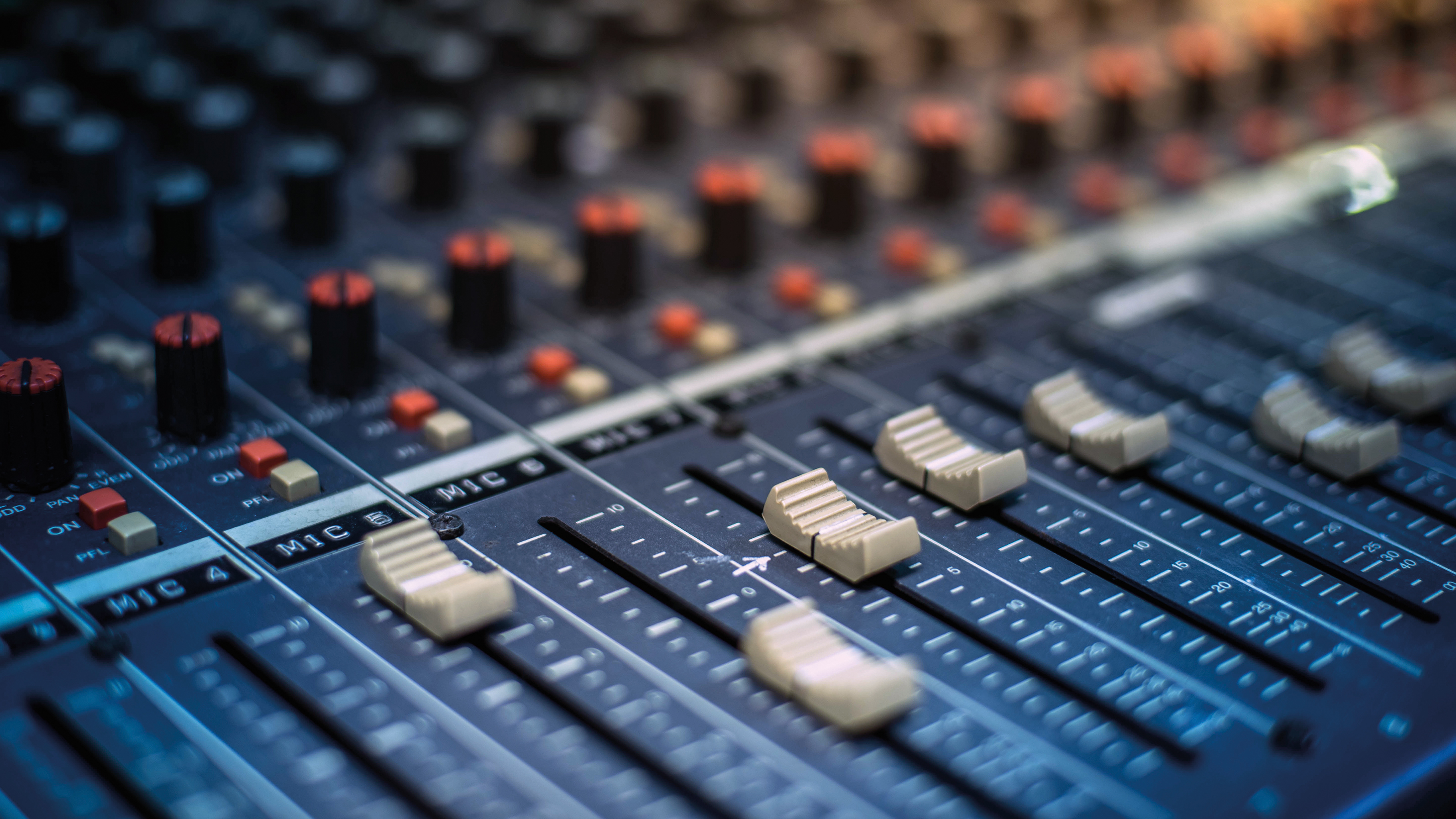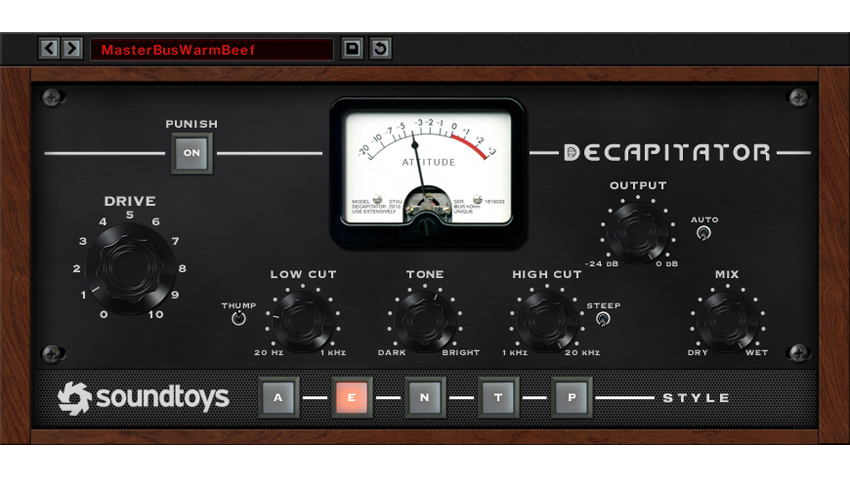Quick Tips: How to use bus compression to glue your mix together
Creating a bus channel allows you to process your drums or vocals as a whole, adding that all-important 'glue' to your mixes

All DAWs allow you to create what’s called a group channel or bus, which is essentially an empty channel.
By routing the output signal of several individual channels to this single group, you can process that collection of signals as one. This, for example, allows you to funnel lots of individual drum channels to one overall ‘drums’ group, or multiple vocal layers to a master ‘vocals’ bus. You can then adjust the volume and pan of the group, as well as apply processing.

5 cheeky master bus processing hacks that'll help you to 'mix as you go'
The most fundamental reason to do this is to aid workflow and make large projects more manageable. The majority of producers mix mostly in-the-box, and unlimited channels can be added at will, which means that a busy DAW project can easily get out of hand. By grouping individual drum channels to a single bus, you can keep more of a handle on those collections of sounds. If you have, for example, ten vocal layers that need brightening, it’s far easier to apply one single treble boost to the vocal group as a whole, rather than use separate EQs on each vocal channel.
In terms of mixing, the most widely-discussed reason to group several individual signals is to sonically bind said tracks together – yep, we’re talking about that abstract term of ‘glue’.
Using drums as an example, you obviously need a degree of control over each individual sound (kick, snare, hi-hats, overheads, etc), but ultimately you may need the listener to perceive those separate drum sounds as a unified ‘kit’. That can be achieved by routing those drum channels to one single ‘drum bus’, then processing them collectively.
How to create drum bus 'glue'
It’s usually bus compression that brings those signals together and provides that aforementioned glue.
The G-Series Compressor originally found on classic SSL mixing desks and widely emulated in software (and most well-known for its use on the master bus) is probably the most classic design of them all, known for its superior ability to unify and ‘gel’ disparate signals in a subtle yet pleasing way.
Get the MusicRadar Newsletter
Want all the hottest music and gear news, reviews, deals, features and more, direct to your inbox? Sign up here.
Traditionally, a slow attack setting allows initial transients through, but then gently rides the sustain elements down a touch to bring them together subtly. And that word – subtle – is key here.
Low ratios, slow attack and only a dB or two of gain reduction is usually all that’s needed to tie signals together to sound like a more cohesive whole without completely disrupting transient detail and the careful balance you already created.
Pro tip
In 4/4-centric genres such as house and techno, you may wish to keep your bass drum out of that drums group, to limit and sidechain all your percussion together, and keep the kick outside of that processing. This improves separation and gives you more flexibility.
Further reading


I'm the Managing Editor of Music Technology at MusicRadar and former Editor-in-Chief of Future Music, Computer Music and Electronic Musician. I've been messing around with music tech in various forms for over two decades. I've also spent the last 10 years forgetting how to play guitar. Find me in the chillout room at raves complaining that it's past my bedtime.









